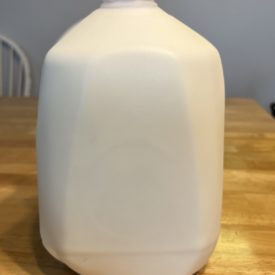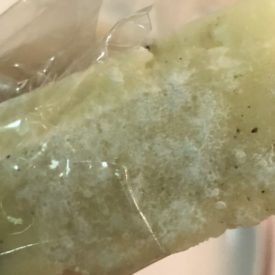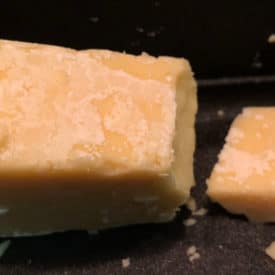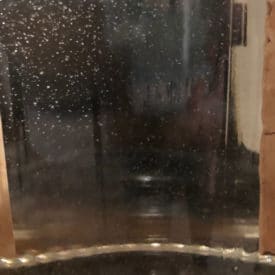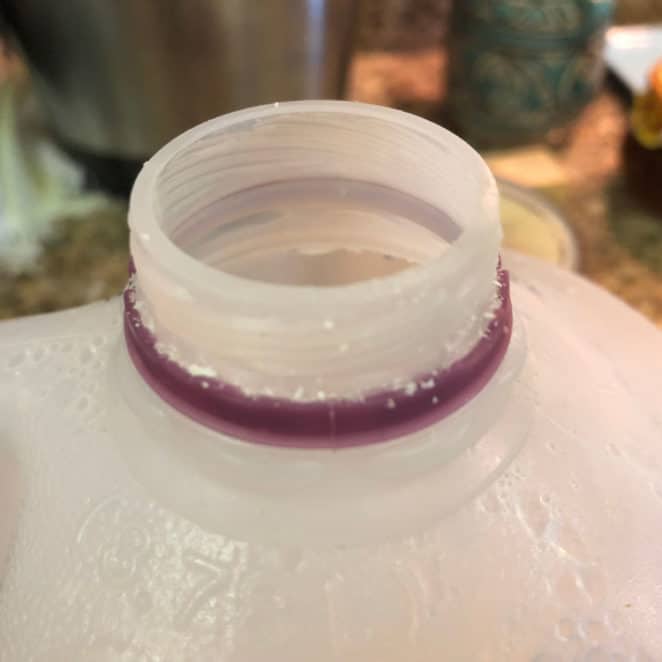
What you see: White crusty flakes at the top of your milk jug
What it is: Dried milk
Eat or toss? Eat! Well, not that you need to go out of your way to consume the white crusty bits, but they don’t indicate anything about the safety of the milk in the jug. It’s fine if the milk touches them when you pour.
Is it OK to drink milk from a jug with white bits around the top?
When you pour milk out of the jug, it’s pretty easy for some of the liquid to drip onto the grooves where the cap screws on. Once it’s outside the sealed environment in the jug, the water in the milk evaporates, leaving behind those little crusty bits. Essentially they’re just powdered milk.
“As long as you’re treating the milk right, it’s not any more risky than the milk itself,” says food scientist Pat Polowsky. In fact, bacteria need moisture to survive, so once that milk has dried into an icky crust, bacteria probably aren’t interested either. So, no need to be freaked out by those bits.
And, actually, you can use milk’s habit of drying out to your advantage. This Food52 writer uses milk as glue. Really! She says you can dribble some milk on a piece of computer paper and press it onto a jar to make an instant stuck-on label.
SOURCES:

